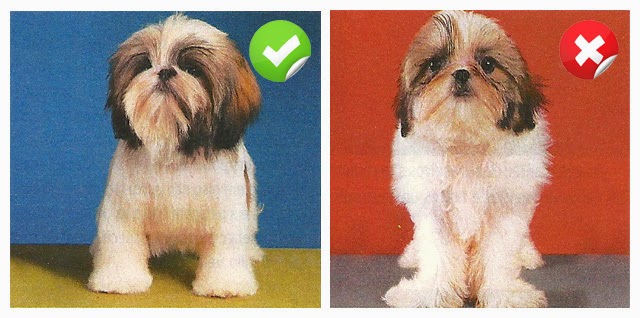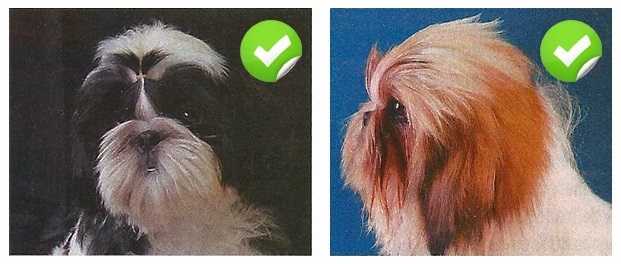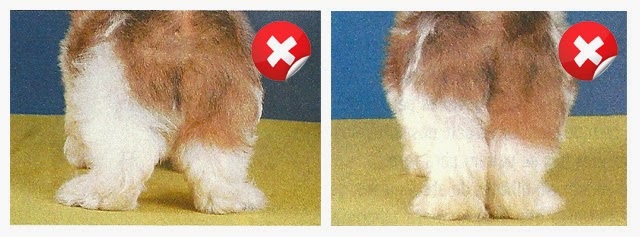Year after year, the Shih Tzu’s popularity as a pet has been on the rise since the early 1990s. By the late 1990s and into the current decade, its appeal has grown significantly.

In 2002, it ranked 10th in the country in terms of registered puppy births, climbing to 2nd place by 2005, just behind the Yorkshire Terrier.

However, ensuring the purity of a Shih Tzu has become increasingly challenging due to declining breeding standards, as noted by breeder Eduardo Teixeira from Rio de Janeiro.
To help buyers identify typical Shih Tzus, distinguishing between desirable traits and common deviations is crucial.

Here are some key traits to consider:
- Body Shape: A pure Shih Tzu should have a slightly rectangular body, not overly square or elongated.
- Head: Ideally, the head should be small and not too narrow, with a defined stop.
- Topline: The back should be straight, not arched or descending, and the tail should form a cupped loop.
- Bite: A correct bite is crucial, with the lower incisors ideally aligned slightly in front of the upper ones.
- Nose and Eyes: The nose should be dark, and eyes large, round, and not overly prominent.
- Ears: Ears should be large, hanging slightly below the skull’s top line, not set too high like “rabbit ears.”
Genetic inheritance primarily causes deviations, making it essential to select puppies from reputable breeders committed to breed standards.

While some deviations may be corrected with specific care, prevention through informed selection remains paramount.
Ensuring adherence to these standards can help maintain the integrity of the Shih Tzu breed, allowing enthusiasts to enjoy typical representatives of this beloved dog breed.
